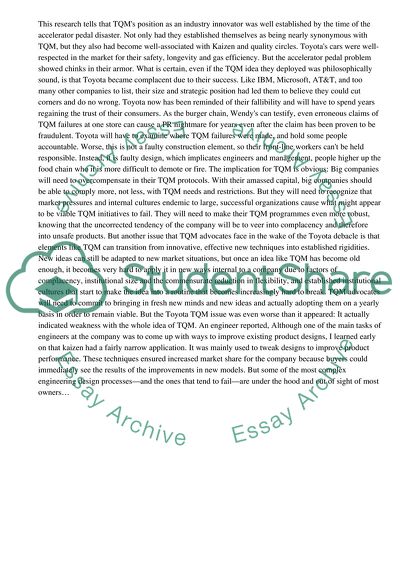Cite this document
(“TQM Philosophy Essay Example | Topics and Well Written Essays - 3000 words”, n.d.)
Retrieved from https://studentshare.org/management/1405663-tqm
Retrieved from https://studentshare.org/management/1405663-tqm
(TQM Philosophy Essay Example | Topics and Well Written Essays - 3000 Words)
https://studentshare.org/management/1405663-tqm.
https://studentshare.org/management/1405663-tqm.
“TQM Philosophy Essay Example | Topics and Well Written Essays - 3000 Words”, n.d. https://studentshare.org/management/1405663-tqm.


